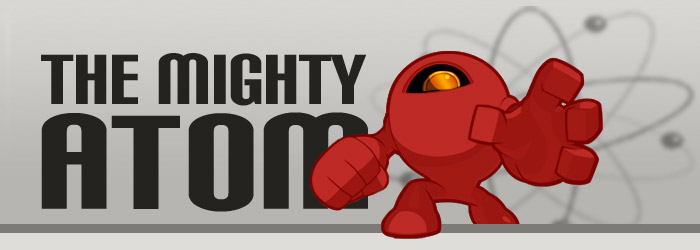Tenra Bansho Zero (GenCon AP)
Monday, August 27, 2007
I got the chance to sit down with Andy K and some other folks to play Tenra Bansho Zero at Games on Demand at GenCon 2007. The verdict: crazy-ass, over-the-top, anime-style weirdness with a really kickass game system driving the whole thing.Andy had pregens for us to choose from, which was not only a good choice for a one-shot at a con, but also somewhat reflects the actual character creation system. In the full game, you choose two to four archetypes and mash them together to get all of your stats and skills (then customize a bit). I've always been a fan of that chargen method, and I think it suits the setting and style of the game well.
I got to play a Kongohki (金剛機), which is Tenra's version of Robocop. A Shinto priest captures a soul from the netherworld, scrubs off its identity, and then sticks the soul in a magic mirror inside a robotic body. ("Kongoh" is the Japanese word for Vajra, and is used here to mean 'unbreakable substance'.) The best part of being a Kongohki (aside from doing cool robot stuff) is the flashback mechanic. Whenever you get 5 aiki chips (which are kind of like Fan Mail from PTA) your Kongohki has a flashback scene of its former life. We decided my soul was that of the wife of the Samurai PC, who had died in a fire long ago. After the first flashback, I started using the pet-name for the Samurai (Katsu-chan) but otherwise acted as if I remembered nothing. This created a very bizarre and fun love triangle with me, the Samurai, and the creepy insect-nanotech girl.
The game has a lightweight and speedy resolution system, mostly focused on task-based stuff and combat. Combat is very easy to handle, supports crazy over-the-top stunts and cool moves, and resolves quickly, even in the big boss showdown we had. The real meat of the system, though, is in the economy of aiki chips, Fate points, and karma. The interplay of these creates a very cool cycle of player rewards (fan mail), PC goals and spiritual attributes (Fates, which are mini Keys/Muses), and an endgame/doom/level system (Karma).
There's a lot there, so I won't go into detail. As an example, though, one use of Karma is to "balance" the various PC types in terms of raw power. Characters with massive abilities and powers start off with a lot of Karma. When you spend Fate to do super-moves (like rolling 20 bonus dice) it adds to your Karma score. If your Karma goes over 108, you risk losing your character to evil (power corrupts!). So, the real heavy hitters have to be careful about how they spend Fate and can't really cut-loose until they're ready to meet their destiny. The "weaker" character types start with less Karma, though, so they can spend Fate like mad and explode into crazy Final Fantasy style Limit Break awesome when needed. And since all of this is tied back into the Fan Mail system and PC goals/relationships, it neatly sidesteps any "mother-may-I" troubles that some mechanics like this fall into.
In play, the game reminded me most of Nine Worlds. The PCs were super-powerful badasses (even the weaker ones) who were driven by their goals, emotions, relationships, and destinies, which fed mechanically into the reward system and also drove the scene framing and story arc of the session.
I'm really looking forward to the completed English version of this game. The setting is wahoo-anime crazy pants, which isn't usually my style, but the system was so engaging and crisp, I'm excited to play again.
Labels: play report













1 Comments:
Jesus. That was 3.5 years ago. Feels like half that now.
Just dicking around when I should be doing some Tenra PR.
BTW, when I have some text ready I'll be slipping it your way.
Thanks!
-Andy
Post a Comment
<< Home